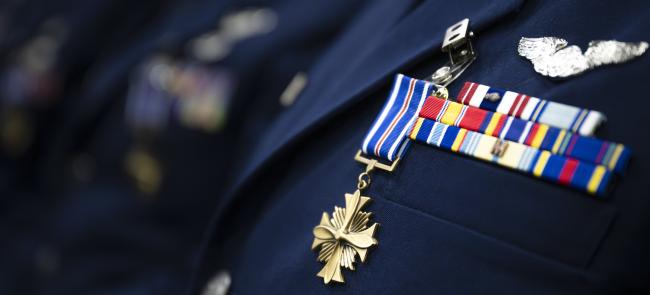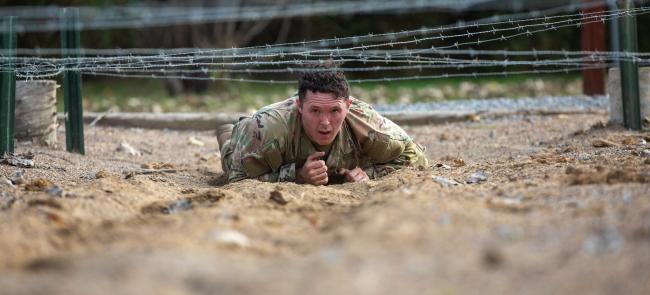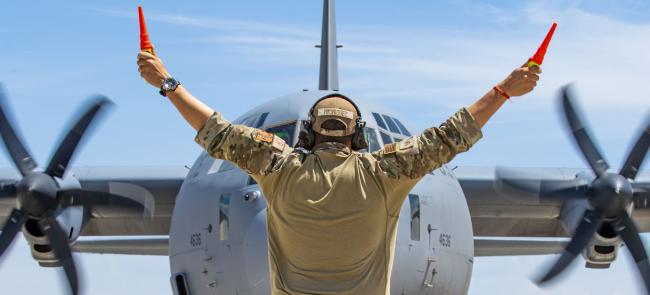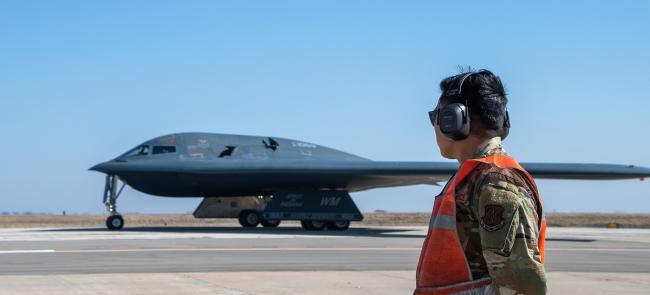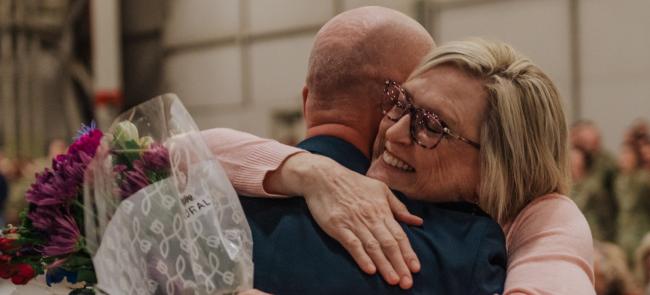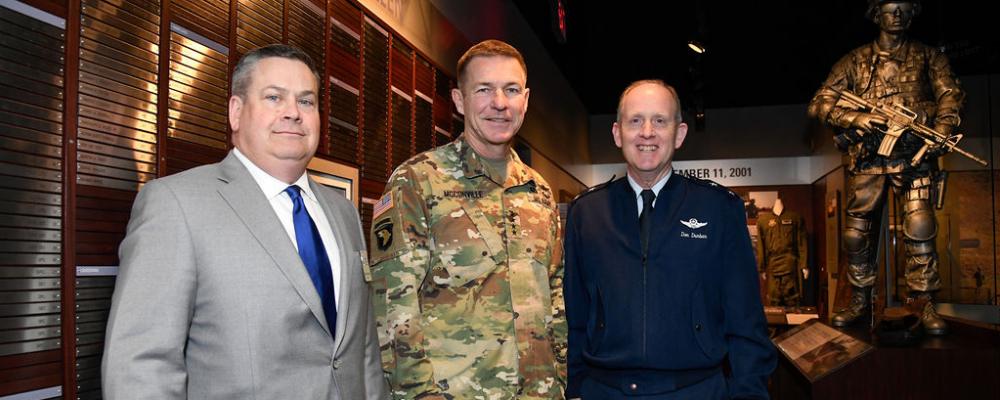
The Army’s No. 2 officer wants the service to better harness the talents of National Guard soldiers.
Gen. James C. McConville, the vice chief of staff of the Army, said a new combined personnel and pay system will enable commanders to better identify the talent of its soldiers — both their civilian and military skills.
McConville talked up that system, known as the Integrated Personnel and Pay System-Army, during a visit to the National Guard Memorial today. He said IPPS-A, when fully fielded, will put detailed information about troop talents in the hands of commanders.
The general toured the National Guard Memorial Museum and met with NGAUS leaders.
Retired Brig. Gen. J. Roy Robinson, NGAUS president, said the visit was an opportunity for the organization to engage the Army’s senior leadership.
He praised McConville’s knowledge and understanding of the Guard and said the meeting was productive.
“I think it was a great discussion about the current state of the Army National Guard and our relationship with the Army in the future,” Robinson said.
Maj. Gen. Donald Dunbar, the NGAUS chairman, also attended the meeting.
McConville, a senior Army aviator who previously commanded the 101st Airborne Division, has led Guard and Reserve soldiers during multiple combat tours in Iraq and Afghanistan. It was on those missions that McConville grew to appreciate the special talents held by reserve-component troops.
“They bring incredible capability to the team,” he said. “I’ve seen it. I think that commanders are looking for that talent. When I look at the National Guard, there’s incredible talent throughout the force.”
As deputy commanding general of the 101st Airborne Division in Afghanistan in 2008 and 2009, McConville said he visited National and Reserve units serving under the division’s command and asked them to fill out a spreadsheet of their civilian skills.
“We were doing a lot of development for the Afghan people,” he said. “I found out we had the head of the Texas highway department and we were building roads. I found out we had professional farmers … and we were able to stand up these agri-business development teams.
“We had a Reservist who owned an engineering design firm,” McConville added. “And he was the one who actually designed all the combat outposts and forward operating bases while we were doing the surge and growing our position within Afghanistan.”
McConville said IPPS-A, which is being beta tested by the Pennsylvania Guard, is a beefed-up version of that deployment spreadsheet. It will track a soldier’s knowledge, skills, behaviors and preferences.
“We have tremendous talent in the National Guard and sometimes it may be masked by their [military] occupation,” he said. “They may be a supply sergeant or they may be a captain of infantry and when we look behind that we see all these [other] skillsets they have. This will allow us to get the right person in the right place at the right time.”
For the first time, IPPS-A will also put all active, Guard and Reserve soldiers into a single personnel system.

